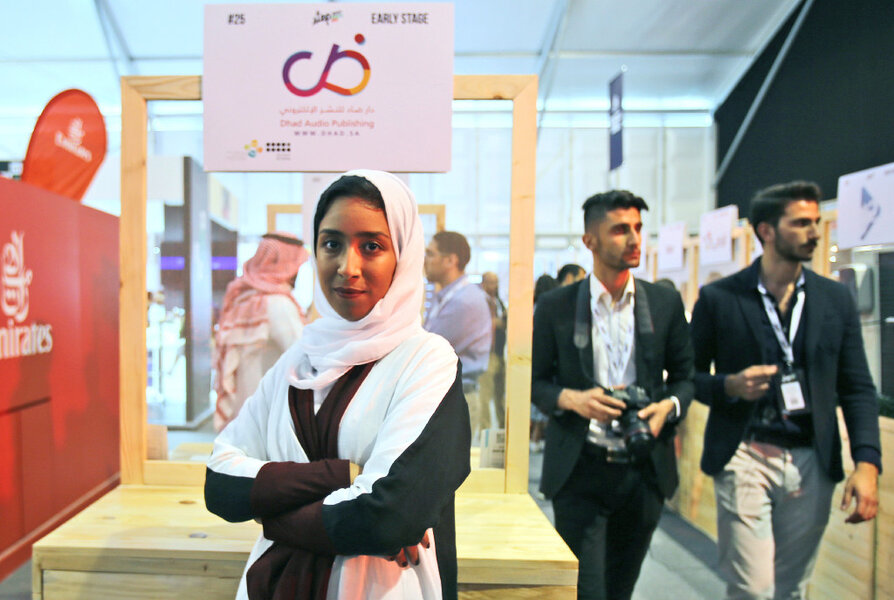A Mideast rivalry worth watching
Loading...
At the heart of many Middle East conflicts lies a fierce rivalry between Iran and Saudi Arabia. The two compete for influence as countries, as oil giants, and, most of all, as self-proclaimed guardians of Islam. Yet over the past year, each has also entered a new kind of rivalry, one that is peaceful, perhaps even healthy in possibly setting a model. Both now have leaders eager to win over young people with fundamental reform.
For Saudis, that leader is Mohammed bin Salman, the deputy crown prince who is barely over 30. He wields much of the power in the ruling monarchy and last year set out a strategy called “Vision 2030.” Among other reforms, the plan calls for a more open society and big investments in a non-oil economy that emphasizes innovation, mining, and tourism (such as building a Six Flags theme park and perhaps a “museum of ice cream”).
For Iranians, the leader is President Hassan Rouhani, elected as a reformer in 2013 and now competing to be reelected in a May 19 election that is tightly controlled by the ruling Muslim clerics. He has slightly improved the economy and struck a nuclear deal with the West that weakens sanctions on Iran. In December, he issued a “Charter of Citizens’ Rights” that emphasizes freedom of speech and assembly, a right to access information, and a clean environment. In a speech last month, Mr. Rouhani said, “Are not the people the owners of this country? Shouldn’t the people be supervising the government...?”
In both Iran and Saudi Arabia, more than 60 percent of the population is under 30 years old. This youth bulge is restless from high unemployment and a widening exposure to foreign culture. Young people are eager to challenge traditional authority and even interpret religion in their own way. As historian and journalist Christopher de Bellaigue writes in a new book, “The Islamic Enlightenment: The Modern Struggle Between Faith and Reason,” ideas about the value of the individual, rule of law, and representative government “are now authentic features of Islamic thought and society.”
Both Rouhani and Mohammed bin Salman are struggling against religious conservatives, who remain powerful either in government or in society. In Saudi Arabia, however, clerics who once monitored social behavior have been mostly subdued. Young people are being given access to live music concerts, some with female performers. In February, the country sponsored Comic-Con, a three-day festival about fictional heroes that saw a mixing of young men and women.
In his speech, Rouhani said the government has no “legitimate meaning” unless the people are “satisfied” with their leaders. “All people, regardless of their sex, religion, tribe, or political thought must be equal before the courts and the law, and have the same rights,” he said. Such words are a far cry from the current doctrine of an unelected Muslim ayatollah as supreme leader.
Since 2014, as world oil prices have fallen and Iran suffered from sanctions, each country has had to cut spending yet also appease a rising cohort of youth. Iran saw massive protests in 2009 over election fraud while Saudis saw some unrest during the 2011 Arab Spring. Reformist leaders are now more popular. And among each country’s hardline factions, they are more tolerated in hopes of fending off unrest.
Most of all, young people are watching the reform efforts in each other’s country. Whichever country begins to make the reform ideas real – and that is still uncertain – can claim a new kind of leadership of ideas among Muslims. Perhaps that will then lessen their rivalry with weapons in Middle East conflicts.







